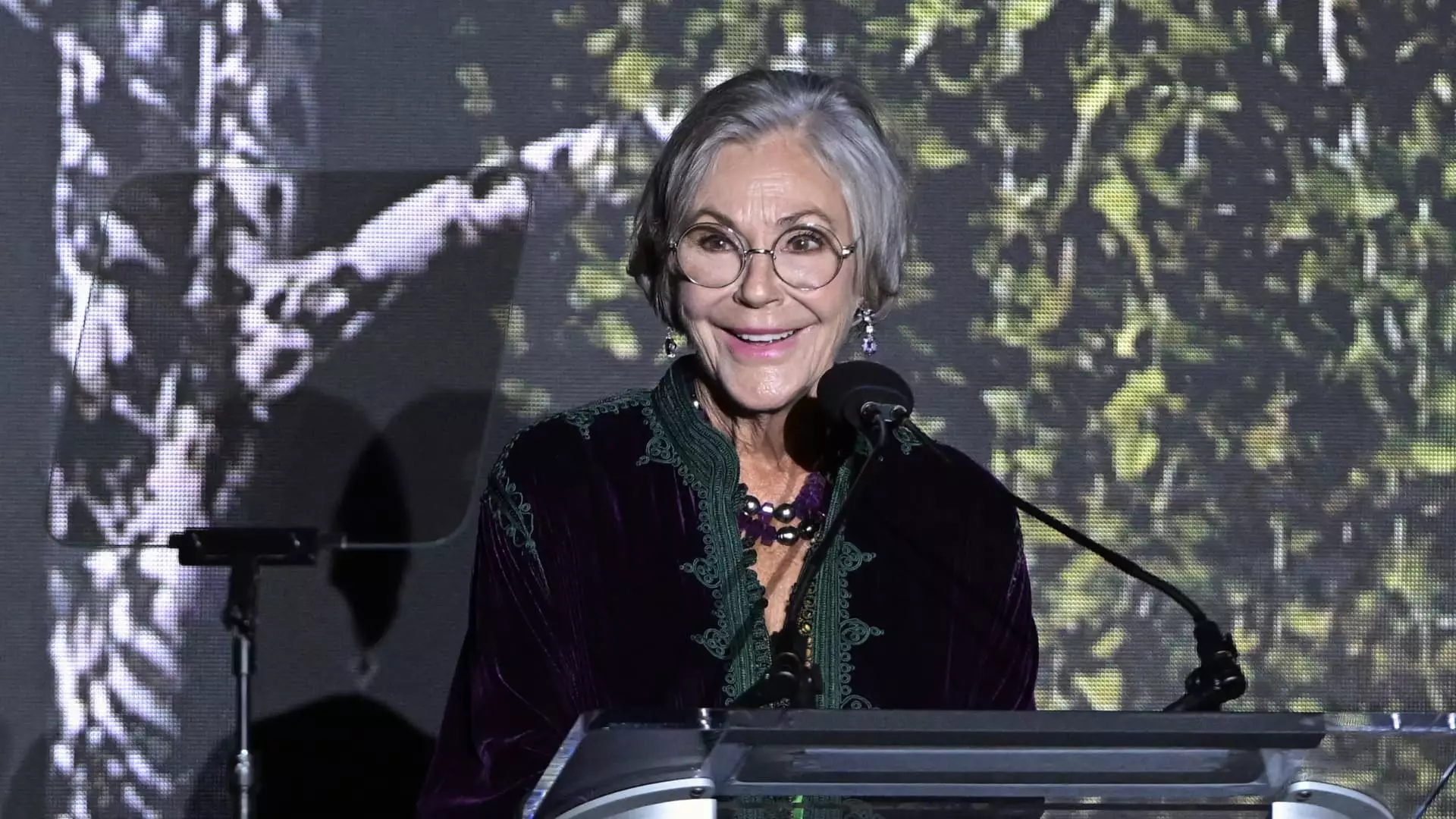The composition of global wealth is undergoing a significant transformation as women assert their place within the billionaire echelon. Recent studies, such as the Altrata Billionaire Census, reveal that women now comprise 13% of the 3,323 billionaires worldwide. While this percentage may initially appear trivial, it is important to note that the presence of female billionaires has been steadily increasing over the past decade. This shift signifies not only a change in ownership but also a redefinition of values and philanthropic priorities among the wealthiest women.
The Phenomenon of Inherited Wealth
A pivotal factor contributing to the rise of women billionaire investors is inheritance. Approximately 75% of female billionaires attribute their fortunes to inheritance. Notable examples include Alice Walton, Julia Koch, and Françoise Bettencourt Meyers, who have inherited vast wealth from family holdings. In stark contrast, simply 5% of male billionaires inherit their wealth, illustrating a fundamental discrepancy in how wealth is accrued between genders. This disparity raises questions about the underlying societal structures and cultural attitudes dictating wealth generation and transfer.
The Great Wealth Transfer: A Significant Upsurge
Looking ahead, experts project that women stand to inherit approximately $30 trillion over the next decade, marking what is often referred to as the Great Wealth Transfer. As these capital shifts unfold, the involvement of women in wealth management, investment, and philanthropy is set to increase. Such a monumental transfer indicates not only a redistribution of wealth but also an opportunity for women to engage in precision philanthropy—where their financial resources are aligned with causes that reflect their values.
Philanthropy and Social Commitment
The charitable inclinations of female billionaires differentiate them from their male counterparts. Research shows that nearly one in five women billionaires dedicates a majority of their professional time to nonprofit and social organizations, a striking jump compared to just 5% among men. Female billionaires often approach wealth with a social conscience, aligning their financial pursuits with philanthropic efforts focused on social justice, welfare, and community enhancement. This emphasis on altruism reflects a deeper commitment to societal betterment, suggesting that female wealth does more than merely accumulate; it actively contributes to positive change.
The investment strategies adopted by billionaires also reveal stark differences between genders. Women billionaires often have substantial wealth tied up in private holdings, which comprises 35% of their investments, as opposed to only 28% for men. Furthermore, female billionaires tend to maintain liquidity in cash and other assets, which accounts for 39% of their wealth, compared to 30% for their male counterparts. In contrast, men significantly dominate the stock market realm, possessing 40% of their wealth in stocks, largely due to the tech-driven nature of modern capitalism.
When it comes to lifestyle choices, female billionaires also exhibit distinct preferences. They are 1.5 times more likely to own real estate valued at over $10 million. In terms of possessions, female billionaires also have a notable inclination toward luxury art and real estate rather than the flashy assets favored by male billionaires, such as yachts, private jets, and luxury cars. The latter group is nearly four times more likely to own cars priced over $1 million. This variance in asset acquisition is reflective of differing values and priorities, with women focusing more on appreciating investments rather than immediate moves for personal enjoyment.
Hobbies and Personal Interests: A Closer Look
The interests pursued by billionaire men and women further highlight contrasting priorities. More than 70% of women in the billionaire class cite philanthropy as their primary hobby, whereas their male counterparts predominantly endorse sports in the same statistic. Other interests for women include art, education, and travel, while men tend to gravitate towards aviation, outdoor activities, and political engagement. These hobbies do not only demonstrate preferences but also reflect deeper values and societal responsibilities held by these influential individuals.
The ascendance of women in the billion-dollar club is a paradigm shift reshaping the landscape of wealth, philanthropy, and investments. As they navigate the complexities of inherited versus self-made fortunes, their philanthropic endeavors and financial strategies illustrate a broader narrative: one of empowerment, social responsibility, and a commitment to cultivating a more equitable society. Moving forward, the influence of female billionaires in shaping social priorities and community investment is likely to amplify, forging a new legacy for future generations of women in wealth.

